Since childhood, many of us may have heard about cashmere shawls, sweaters, or mufflers. As we grow up, we hear more about the advantages of cashmere products, such as their light weight, warmth retention, and insulation properties, especially in winter compared to normal wool. Some may believe that Kashmiri shawls are luxury items, and their prices are very high. However, how expensive are these products really?
For example, a Gucci GG wool jacquard scarf costs $550, while a 100% cashmere Penhill Scarf from Italian clothing brand, Loro Piana, costs more than $1600. So, what makes cashmere products so expensive?
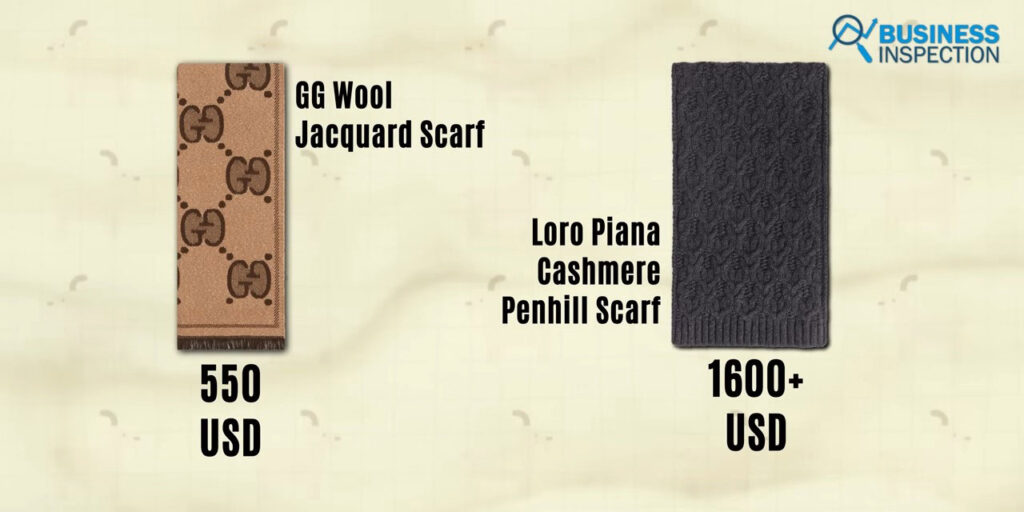
The Overview
The name Cashmere is often associated with Kashmir, but it actually has a wider origin. Cashmere Wool is sourced from several regions including Kashmir, Nepal, Tibet in the Himalayan Mountains and Mongolia in Central Asia. The use of Cashmere wool has been recorded since the 3rd century BC and it was referred to in various documents during the 11th century AD. The local wool industry in Kashmir, India, was established in the 15th century under the rule of Zain-ul-Abidin.
In the 16th century AD, during the reign of Babur, the first king of the Mughal Empire, the weaving of Cashmere continued to experience substantial growth. Babur, the Mughal Emperor, had a unique heritage as he was descended from Timur on his father’s side and Genghis Khan on his mother’s side, connecting his family roots to the Mongols of Central Asia. Through this connection, he was familiar with the exceptional qualities of Cashmere. For a considerable period, products made of Cashmere wool were exclusive to the royal family, thus earning the moniker, “fiber of kings”.
In the second half of the 17th century, the wool from the region beyond the Himalayas reached Europe for the first time. Cashmere wool soon became a luxury material among the European elite class in the early 19th century. Its popularity rapidly spread throughout Europe, including Paris, largely due to the influence of Eugenie, the wife of Napoleon III, the last emperor of France.
Cashmere is a type of wool that is obtained from the Capra Hircus, also known as the Cashmere Goat. This species of goat is mainly found in the Himalayan Mountains, Tibet in China, the rocky mountain regions of Mongolia, and other areas of Central Asia such as Afghanistan and Iran. The Cashmere Goat has two layers of wool on its body to survive in the harsh conditions of minus 30 to 40 degrees Celsius and the rocky environment. The bottom layer of wool is the soft and warm cashmere, which is made into yarn to create products such as sweaters, scarves, shawls, socks, mufflers, and hats. Although the Cashmere Goat can also be found in Australia, New Zealand, and Scotland, it is primarily kept in Tibet and Mongolia at present.

The world of textiles boasts a variety of products, with cashmere-made items being among the most expensive. To provide specific examples, a Cashmere Penhill Scarf produced by the Italian clothing company, Loro Piana, retails for over $1600. Similarly, a 100% cashmere scarf from the American brand, Eskandar, is priced at more than $1500. Furthermore, a cashmere yarn-made Loro Piana sweater costs in excess of $2,175, with a beanie priced at $500. In comparison, Gucci offers a wool long scarf for $830 and a silk scarf for $565.
As a multi-billion dollar industry, cashmere clothing has gained immense popularity globally. According to a report by Yahoo Finance, the global cashmere clothing market size was valued at $3.27 billion in 2021 and is expected to grow at a CAGR of 4.9% by 2027, exceeding $4.35 billion.

Given the growing demand for cashmere clothing, industry experts have labeled the material as “Soft Gold” and “Diamond Fiber”. The question arises, why is cashmere so expensive?
Why So Expensive?
Limited Production
The cost of Cashmere is influenced by its restricted production of Cashmere Goats. These goats require specific environmental conditions, which are found only in the Himalayan Mountains, Mongolia, and the Tibetan region of China. Consequently, the breeding of this breed of goats is limited to these areas. Currently, the global population of Cashmere Goats is around 110 million, while the number of sheep worldwide is over 1 billion. In an effort to increase the production of Cashmere Goats, the Mongolian and Tibetan regions are focusing on their growth.

However, due to overgrazing by livestock, the grasslands in these areas have been severely damaged, leading to the gradual transformation of these regions into deserts. Hence, the governments in these regions are regulating other livestock rearing, starting with Cashmere Goats. Since these goats cannot be raised outside of the cold mountainous environment, they cannot be cultivated in other regions. As a result, Cashmere accounts for only 0.5 percent of the world’s total wool production. This limited animal husbandry and the restrictions on the production of Cashmere Goats are the reasons for the high price of Cashmere fiber and the products made from it.
Lower Yield
Cashmere wool is not obtained from the outer body wool of Cashmere Goats like sheep but from their undercoat layer located beneath the top wool. To produce this undercoat, the goats must live in a winter climate for at least six months of the year. Collection of cashmere wool is limited to the period of March to May during the “Moulting” process, which refers to the natural shedding of extra fur as the seasons change.
In comparison to sheep, who can produce at least 3 kilograms of wool in a year, only 200 grams of cashmere wool can be obtained from a Cashmere Goat annually. Additionally, the amount of wool collected after calving is often halved. Hence, while four sweaters can be made from one sheep’s wool, it takes the wool of four to eight goats to produce a single cashmere sweater.

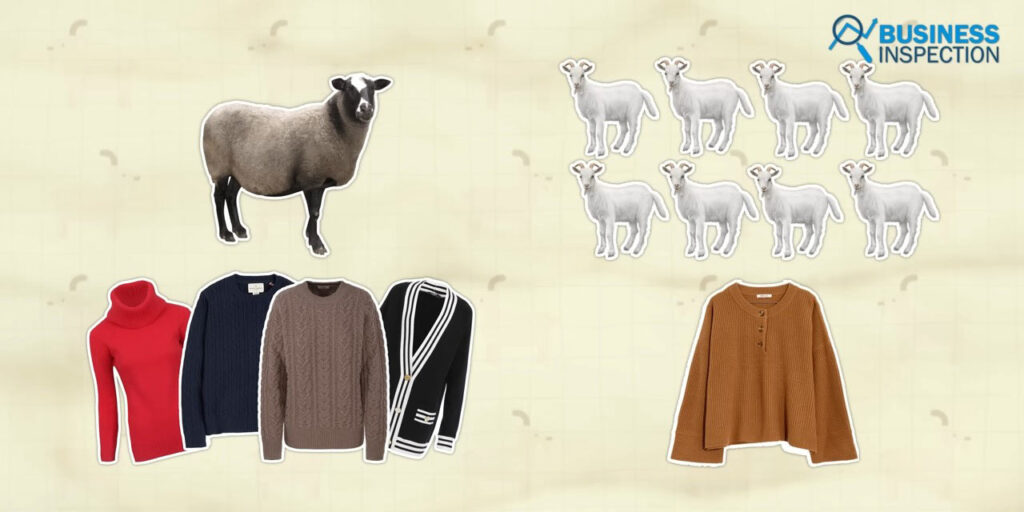
Due to the low yield ratio of wool from Cashmere Goats, compared to other wool-bearing animals, cashmere-made products are often more expensive.
Manual Labor
The process of obtaining pure cashmere from cashmere goats is a labor-intensive and time-consuming task. The wool is collected from the goats using a brush to maintain the quality of the fiber. This is done by using a steel comb to comb the Cashmere goats by hand, which requires careful timing to avoid causing any harm to the animals.
Once the wool has been collected, the next step is to separate the pure cashmere from the coarse long hair, dirt, and other impurities. This is done manually by skilled laborers who sort the wool based on fiber color and finesse. In textile mills, this sorting process is also done manually and takes into consideration the different sources of wool from around the world to avoid mixing fibers of different quality from different regions.
The manual sorting and scouring process is essential to retain the premiumness of cashmere textiles. However, it is a time-consuming, labor-intensive, and skillful task that requires patience and expertise.
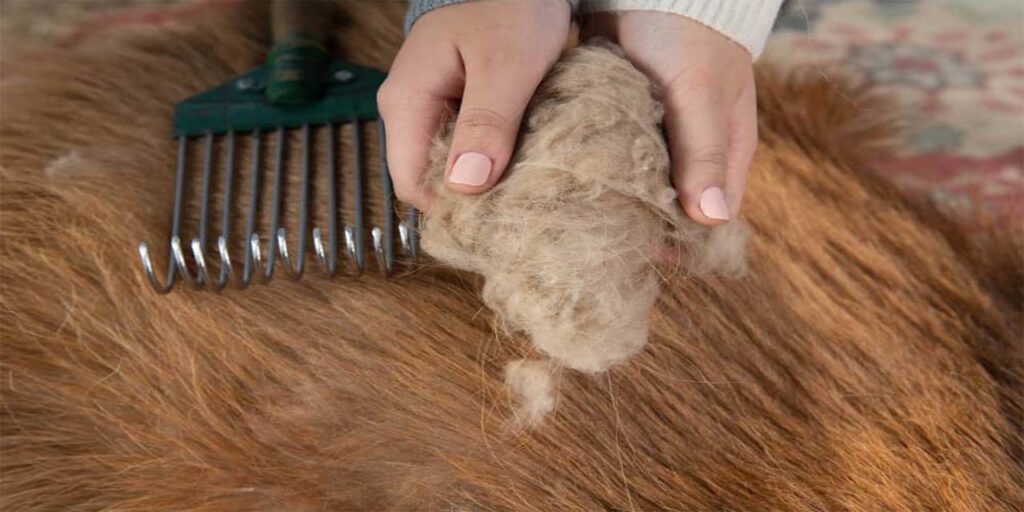
Delicate Process
The process of producing Cashmere yarn is delicate and requires extensive care, skilled craftsmanship, and manual quality control at various stages. This process begins with the manual collection of pure wool, which is then sent to local or international textile mills for production.
At the mill, the wool undergoes the combing or carding process, which separates the tangled fibers into a uniform thin sheet. These thin sheets are then fed into a spinning machine to produce yarn of different thicknesses. Next, the yarn undergoes the dyeing process to achieve the desired color. It is important to note that care must be taken in the use of chemicals during the dyeing process to maintain the purity and quality of the fiber. Overprocessing or the use of excess chemicals can result in damage to the fiber quality.
To avoid this, some manufacturers choose to dye the wool before it is processed into yarn. This is due to the high cost of Cashmere products, which requires all processes to be handled with care and precision to ensure the quality of the final textile and to minimize waste. Given the complex nature of the process, the production of Cashmere is more difficult, leading to a higher price point.
Demand
The unique properties of cashmere yarn can be attributed to its proper fineness and softness. The diameter of cashmere yarn ranges from 14 to 30 microns, whereas human hair has a diameter of 100 microns. Despite its thinness, cashmere yarn is highly durable and the products made from it are long-lasting.

Furthermore, the air chamber within the cashmere fiber acts as a thermal insulator, allowing cashmere products to regulate body temperature according to the outside temperature. Additionally, due to the extreme thinness of the cashmere fiber, cashmere products are both light and warm while maintaining their softness. Clothes made of cashmere are significantly warmer than those made of sheep’s wool, boasting eight times the warmth. This unique property has established cashmere as a staple in Western fashion culture since the 18th century.
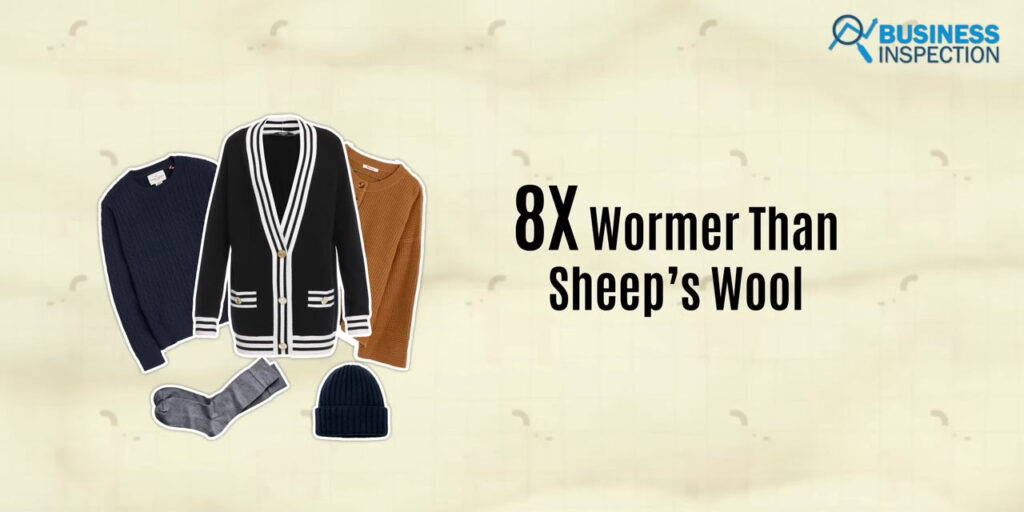
The demand for cashmere products, ranging from scarves to sweaters, is particularly high in fashion-centric countries such as the UK, the US, Italy, Spain, and Germany. As a result, the industry refers to cashmere as “Soft Gold” and “Diamond Fiber”.
Due to its exceptional properties, pure cashmere fiber products are considered luxury items among customers. Consequently, the demand for cashmere products is constantly on the rise. However, the high cost of these products makes it difficult to increase production.

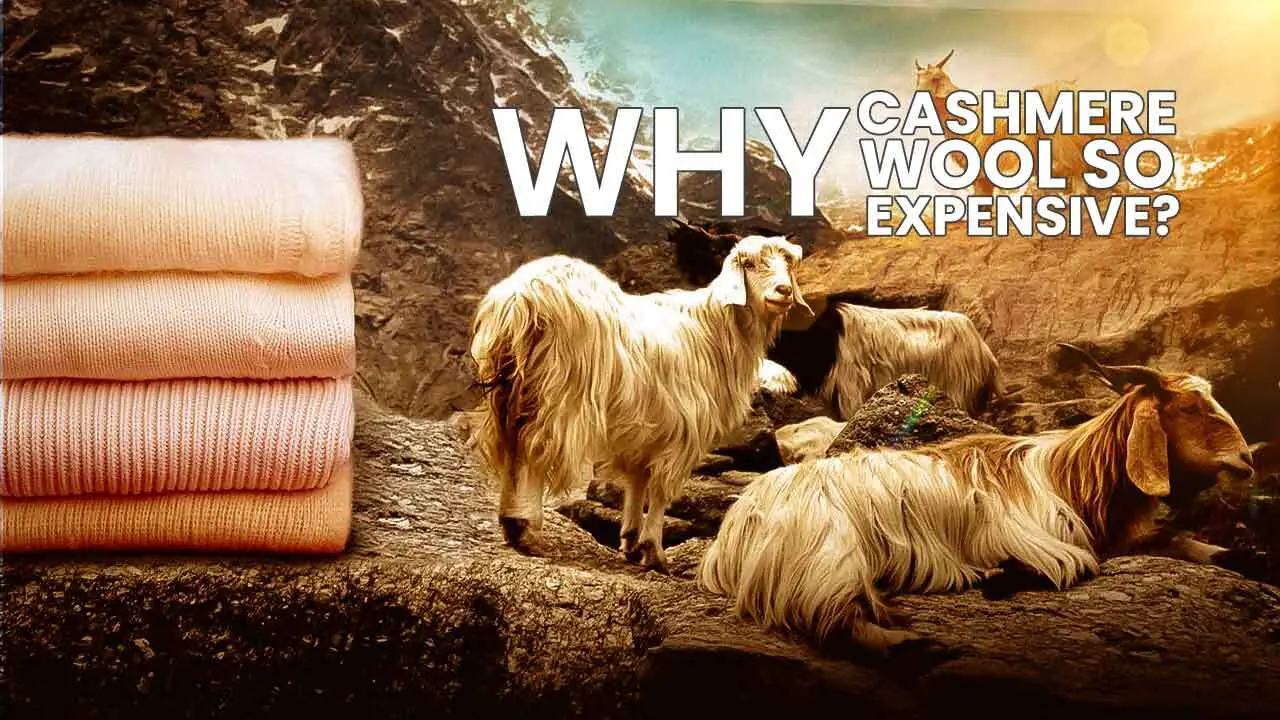








Leave a Comment